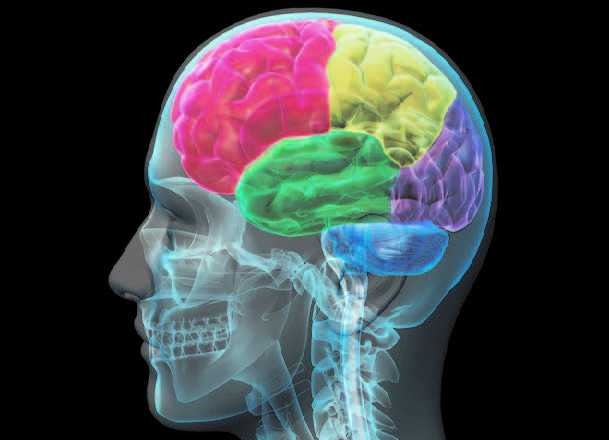
WASHINGTON (TIP): Researchers have created a miniature, fibre-optic microscope designed to peer deeply inside a living brain, allowing high-resolution 3-D imaging of inaccessible brain regions.
“Microscopes today penetrate only about one millimetre into the brain but almost everything we want to see is deeper than that,” said Professor Diego Restrepo, one of the paper’s authors and director of the Center for NeuroScience at the University of Colorado Anschutz Medical Campus.
“You can manipulate this lens while most others are fixed. That means you can see neurons firing inside a living brain,” Restrepo said.
The laser-scanning microscope, a prototype which will be further refined, uses fibre-optics and a tiny electrowetting lens. Compared to other small, focusing lenses, it’s fast and not sensitive to motion. This allows it to reliably focus on living tissue.
At the same time, the lens allows a rapid shifting of focus by applying electricity across two different liquids, which actually changes the curvature of lens.
The microscope, about half an inch in diameter, can be directly mounted onto the head of a mouse. A thin, fibre optic cord will allow the animal to freely roam while scientists look inside its brain and monitor reactions to certain stimuli.
That means parts of the living brain like the amygdala, which had been virtually off-limits to microscopes, will soon be seen in real-time, high-resolution, 3-D images.
“Using optical methods to stimulate and record from neurons is the future of neuroscience research,” said Baris Ozbay, a doctoral student in bioengineering at CU Anschutz and lead author of the paper.
“But most researchers are adapting existing large microscopes to fit mice for head-fixed imaging which limits movement, is difficult to set up and has issues with motion. The solution is to put the microscope on the mouse, rather than putting the mouse on the microscope,” Ozbay said.
Emily Gibson, assistant professor of bioengineering at CU Anschutz and senior author of the study, said the microscope opens a new world for scientists.
“We can now measure a large region and sample more neurons. For example, we can image up to 100 neurons at the same time, as opposed to perhaps the 10 or so we could do in the past,” she said.




Be the first to comment